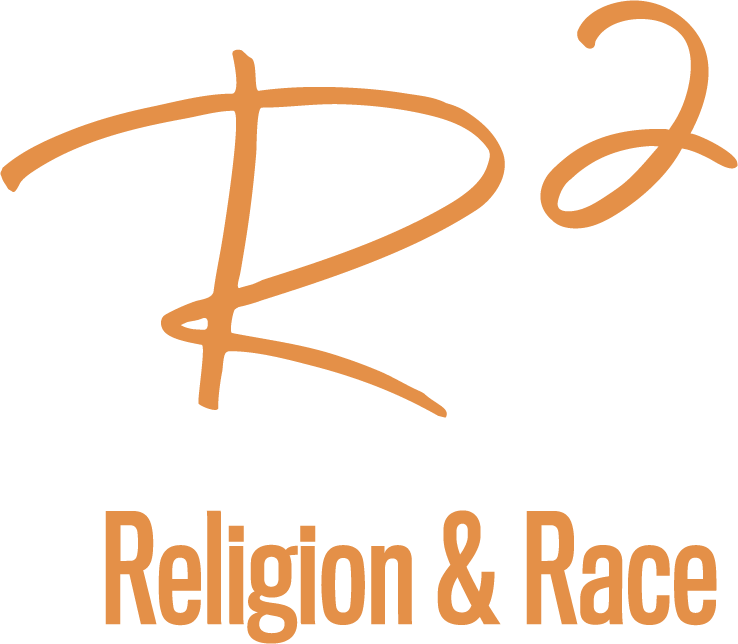What Is LGBTQIA+?
As humanity’s understanding and discussion of the concepts of race, racism, and antiracism have evolved over generations, so have the words and phrases we use as we continue the work of obeying God and advancing racial justice.
In this “What Is?” series, the General Commission on Religion and Race offers this compilation of concise definitions, examples, and Biblical/theological foundations to create common vocabulary for Christians as we engage in anti-racism work.
Our hope, as you engage this series, is that the learning equips you to move into deeper waters in anti-racism work in your respective context.
Visit the series homepage for more information on other anti-racism resources.
Definition:
Lesbian, Gay, Bisexual, Transgender, Queer, Intersex, and Asexual or Agender: This is an acronym that has expanded over the years to try and represent people who are gender and sexual minorities (GSM). The “+” in the term acknowledges that the acronym does not encompass all GSM identities and that our understanding of sexuality and gender evolves.
Example(s) of LGBTQIA+:
“LGBTQIA+” tries to represent the spectrum of gender and sexual minorities (GSM). It has expanded as human understanding of GSM has evolved. The danger of such an acronym is that it lumps together into a community of individuals who often have very different experiences and identities. Bisexual, trans, and non-binary persons can be further marginalized because they are the often-misunderstood minorities within the marginalized community.
Biblical/Spiritual/Theological Framing or References:
Jesus' ministry focused on caring for people on the margins of society. Jesus embodied what love looks like in community life. LGBTQIA+ people are often marginalized in their communities, and they experience discrimination in healthcare, housing, employment, church life, and more. As followers of Jesus, we honor our call to make disciples by working for full affirmation of all of God's people in community.
*More depth on theological framing can be found in the resources on the RMN resource page which is linked below.
Reflection Questions:
Where do LGBTQIA+ people see themselves in scripture?
Gender and sexual minorities are made in God’s image, as is all of humankind. What are Christians saying about God when they do not affirm LGBTQIA+ people?
Are we putting restrictions on God’s love by suggesting someone change who they know God made them to be before they can participate fully in the life and ministries of the church?
What does it mean to say that “all are welcome” in our churches? Does welcome require changing who God made people to be?
Most oppressions are rooted in fear; what are common fears related to LGBTQIA+ people?
Additional Resources:
RMN maintains a searchable and current list of resources.
Specific terminology references can be found here.
Welcoming People of Color to Affirming Congregations (From GCORR)
Pronouns Matter! (From GCORR)
Human Sexuality and the Church: Offering Pastoral Care when Congregants Have Differing Views (From GCORR)

